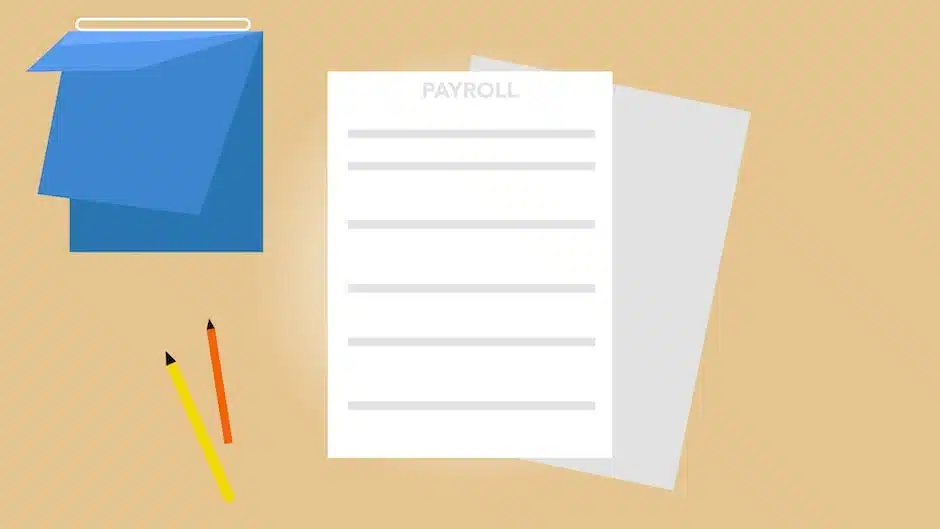Why tracking expenses by supplier is important
Tracking expenses by supplier is important for several reasons. Firstly, it allows businesses to easily identify their largest expenses and negotiate better deals with suppliers. By knowing exactly how much is being spent with each supplier, businesses can leverage this information to negotiate bulk discounts or better payment terms. Secondly, tracking expenses by supplier helps with budgeting and forecasting. By understanding how much is being spent with each supplier, businesses can accurately allocate their budget and plan for future expenses. Lastly, tracking expenses by supplier provides valuable insights into the overall financial health of a business. By analyzing spending patterns and trends, businesses can identify areas where costs can be reduced and profitability can be increased. Overall, by efficiently tracking expenses by supplier, businesses can make informed financial decisions and improve their bottom line.
Benefits of tracking expenses by supplier
Tracking expenses by supplier can provide numerous benefits for businesses of all sizes. By organizing and categorizing expenses by supplier, businesses can gain valuable insights into their spending patterns and make more informed purchasing decisions. This method also allows businesses to easily identify and analyze their largest expenses, helping them negotiate better deals and find cost-saving opportunities. Moreover, tracking expenses by supplier can streamline the accounting process, making it easier to reconcile invoices and ensure accurate financial records. Overall, this practice can help businesses improve their financial management and ultimately boost their bottom line.
Step 1: Set up a system for tracking expenses
Setting up a systematic approach to track expenses by supplier is essential for efficient expense management. By creating a reliable system, you can easily monitor and analyze your spending patterns, identify cost-saving opportunities, and make informed business decisions. Start by categorizing your suppliers and assigning unique identifiers to each. Then, establish a centralized database or software where you can record all relevant expense information, such as invoices, receipts, and payment details. Regularly update this system, ensuring accuracy and consistency. By implementing a well-organized expense tracking system, you can streamline your financial management process and optimize your business’s overall performance.
Step 2: Categorize expenses by supplier
Categorizing expenses by supplier is a vital step in efficiently tracking your expenses. By organizing your expenses in this way, you can easily identify which suppliers are costing you the most money and make informed decisions about where to cut costs or negotiate better deals. Additionally, categorizing expenses by supplier allows you to quickly generate reports that provide a detailed breakdown of your spending with each supplier, giving you valuable insights into your purchasing patterns. This level of organization not only saves you time but also ensures that you have a clear understanding of your financial obligations and can effectively manage your budget.
Step 3: Determine the best method for recording expenses
When it comes to efficiently tracking expenses by supplier, determining the best method for recording expenses is a crucial step. There are various methods available, each with its own advantages and considerations. One common method is using accounting software that allows you to create separate accounts for each supplier, making it easy to categorize and track expenses accurately. Another approach is to use a spreadsheet or a dedicated expense tracking tool, which can provide more flexibility and customization options. It is important to consider factors such as the volume of transactions, the complexity of your expense categories, and the level of detail required for reporting. By carefully evaluating your needs and selecting the most suitable method, you can streamline the process and gain valuable insights into your expenses by supplier.
Step 4: Regularly review and update expense records
Regularly reviewing and updating expense records is a crucial step in efficiently tracking expenses by supplier. By doing so, you can ensure accuracy and identify any discrepancies or errors in your records. It also allows you to analyze your spending patterns and make informed decisions about future purchases. Regular reviews can help you identify opportunities for cost savings and negotiate better deals with suppliers. Additionally, updating your expense records in a timely manner ensures that you have up-to-date information for financial reporting and tax purposes. By following this step, you can maintain a clear and organized expense tracking system, saving you time and effort in the long run.
Utilizing software or apps for expense tracking
Utilizing software or apps for expense tracking is a game-changer when it comes to efficiently tracking expenses by supplier. These tools offer a streamlined and automated approach to recording and categorizing expenses, eliminating the need for manual calculations and paperwork. With just a few clicks, you can easily input and organize your expenses, making it a breeze to identify spending patterns and analyze your financial data. Plus, many of these software and apps offer features like receipt scanning and integration with your bank accounts, saving you valuable time and ensuring accuracy. Say goodbye to the headache of manual expense tracking and embrace the convenience and efficiency of technology.
Tips for efficiently tracking expenses by supplier
Efficiently tracking expenses by supplier is essential for maintaining a well-organized and cost-effective financial system. By assigning each expense to a specific supplier, you can easily identify spending patterns and negotiate better deals with your suppliers. Implementing a centralized expense tracking system, such as a digital spreadsheet or accounting software, can streamline the process and provide real-time visibility into your spending. Additionally, categorizing expenses by supplier allows you to analyze the performance of each supplier and make informed decisions about future purchasing. With these tips, you can optimize your expense tracking and maximize your cost savings.
Common challenges and how to overcome them
Tracking expenses by supplier can be a daunting task, but with the right approach, it can be done efficiently and effectively. One common challenge is the lack of a standardized system for categorizing expenses. By creating a clear and organized system, such as using specific codes or categories for each supplier, you can easily track and analyze your expenses. Another challenge is the volume of receipts and invoices to manage. By implementing digital solutions, such as scanning and storing receipts electronically, you can save time and eliminate the hassle of dealing with physical paperwork. Lastly, staying on top of payment terms and due dates can be a challenge. By setting up reminders and alerts, you can ensure timely payments and avoid late fees. With these strategies in place, you can streamline your expense tracking process and gain valuable insights into your business’s financial health.
Summary and conclusion
Efficiently tracking expenses by supplier is a vital practice for businesses of all sizes. By organizing and categorizing expenses according to suppliers, companies can gain valuable insights into their spending patterns and identify cost-saving opportunities. This method allows businesses to easily track and compare expenses across different suppliers, enabling them to negotiate better deals and optimize their purchasing decisions. Additionally, tracking expenses by supplier provides a clear picture of the overall financial health of the business and helps streamline the accounting and reporting processes. Implementing this approach may require some initial effort, but the long-term benefits far outweigh the time and resources invested. In conclusion, tracking expenses by supplier is an essential strategy for businesses seeking to improve their financial management and achieve greater efficiency.


Leave a Reply